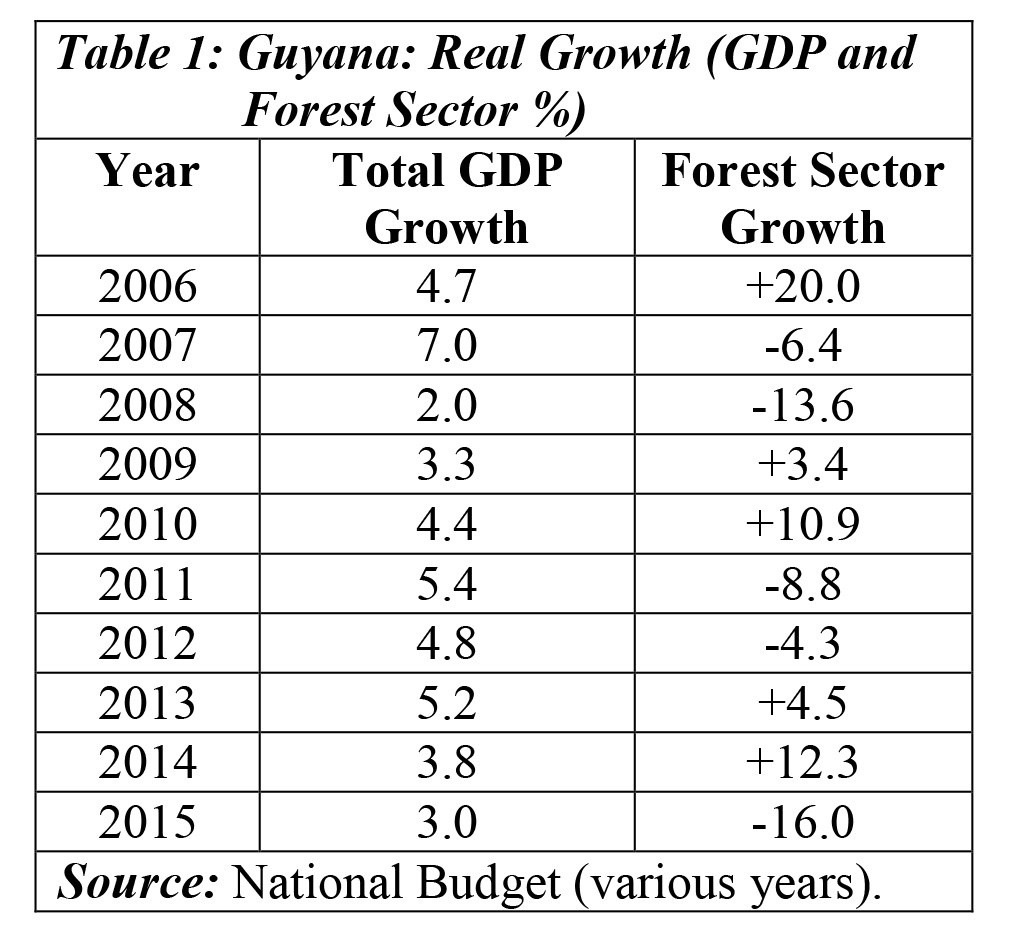Introduction
At present, several prominent geographers and forest analysts give strong support to the forest transition hypothesis, which I have been evaluating in recent weeks. These scholars share common views on social and historical change. These in essence, focus on a unilinear assessment of social and cultural evolution. For this reason, I have earlier suggested the forest transition hypothesis sits comfortably with notions such as the Kuznets curve in economics, the environmental Kuznets curve (EKC) of modern environmental studies, and the older notions of demographic transition in population studies.
 Readers would recall, the Kuznets curve postulates a situation in where, as economies grow and develop (that is, their real per capita GDP increases) the intensity of income inequality (that is, as measured by their Gini Coefficients) change along with this economic growth. Specifically, the coefficient first increases, then peaks, and later decreases, giving rise to the famous U-shaped curve, now well-known by social theorists in all disciplines, as the Kuznets curve.
Readers would recall, the Kuznets curve postulates a situation in where, as economies grow and develop (that is, their real per capita GDP increases) the intensity of income inequality (that is, as measured by their Gini Coefficients) change along with this economic growth. Specifically, the coefficient first increases, then peaks, and later decreases, giving rise to the famous U-shaped curve, now well-known by social theorists in all disciplines, as the Kuznets curve.

